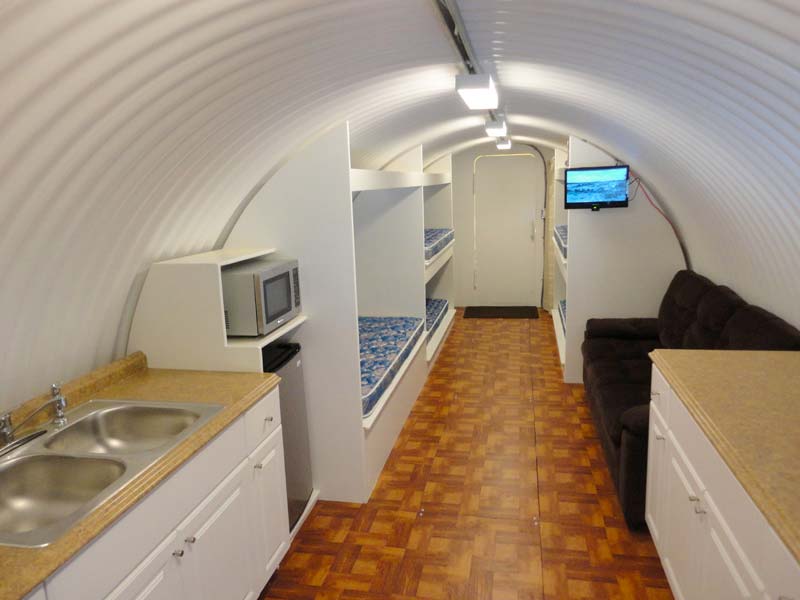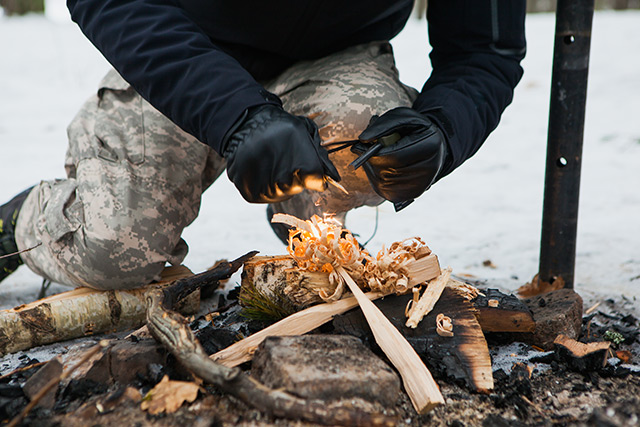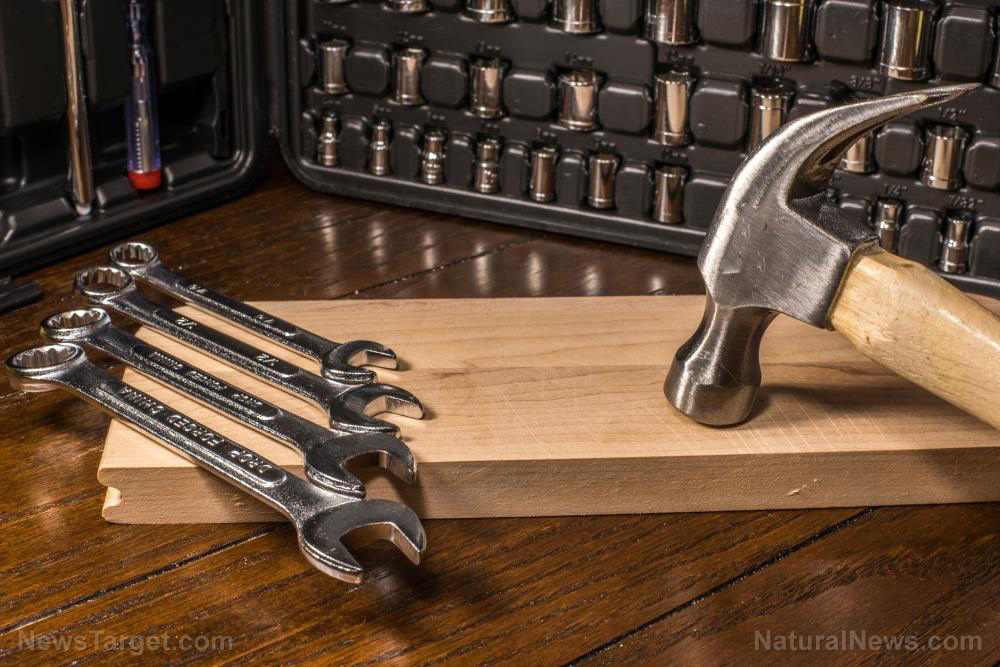How to make a DIY bomb shelter
05/27/2018 / By Zoey Sky

If you want to become a prepper, you need to get complacency out of your system.
While the thought of setting up a bomb shelter is overwhelming, with research and careful planning, you can build one yourself.
Don’t let fictional portrayals of preppers fool you. A real-life prepper is not a paranoid shut-in but someone who looks out for themselves and the people that they care about by getting ready for various survival scenarios. (h/t to Survivopedia.com)
Fallout shelters vs. expedient fallout shelters
Based on location, the target of a nuclear blast will often be affected by nuclear fallout while the area affected by the blast wave and heat is considerably smaller. Most DIY shelters are fallout shelters since they can’t withstand the overpressure of the blast wave.
Meanwhile, blast shelters tend to be commercially engineered and manufactured.
Bomb shelters are necessary because we may not always get a warning in the event of a nuclear attack. At most, citizens may have five minutes to one hour of warning if the attack comes in the form of missiles and bombers.
Before you decide where to locate or build a bomb shelter, think of these two factors:
- The distance from fallout particles.
- The density and thickness of the shielding between you and the fallout particles.
Fallout particles look like dust or ash, and it can travel by air during a nuclear strike. The particles will be made up of fission products, weapon debris, and, if a ground burst occurs, radiated soil.
Fallout particles may vary in size, from thousandths of a millimeter to several millimeters and the wind may carry them and then settle back to earth. It can gather on any exposed surfaces.
Remember that the distance between you and the fallout will offer a degree of protection. Shielding will also determine how much protection your shelter can offer.
Materials like bricks, poured concrete, or stone are better than wood or sheetrock. If you’re in a structure with a basement, stick to a wall protected by earth from floor to ceiling.
Building a DIY bomb shelter
Since you may not always get a warning before a nuclear strike, the best course of action is to construct a permanent shelter. This is more efficient than scrambling to build a shelter on short notice.
You will need the following shielding materials for a permanent bomb shelter:
- Five to six inches of brick
- Six inches of sand/gravel
- Seven inches of earth
- Eight inches of hollow concrete block
- 10 inches of water
- 14 inches of books or magazines
- 18 inches of wood
Here are several bomb shelter options:
- Crawl space shelter – If your home doesn’t have a basement, take shelter in the crawlspace. Build an access into the crawlspace and dig a trench shelter. (Related: Life-saving tips: How to prepare your home for a nuclear attack.)
- Improvised car shelter – For a field expedient shelter, you can use a car or truck. Park the vehicle over a trench so the car acts as a roof, then fill in the space between the ground and the vehicle with earth, sandbags, or a different material of sufficient density.
- Trench shelter – If you want to create a simple bomb shelter, go with a trench shelter. Just dig an “L”-shaped trench or dugout. The longer side of the “L” will be the shelter while the shorter side will serve as the entrance. Try to set up the entrance at a right angle to reduce the amount of radiation that will enter through the door. Once the roof is constructed, cover it with tarps or plastic sheeting then mound up earth removed from the trench over the top. If possible, line the trench with a long box-shaped structure made of plywood. Cover the trench with sheeting and backfill earth along the sides. Finally, mound at least two feet of earth up over the roof.
- Under-stair shelter – You can use the space under a stairway by modifying it as a fallout shelter. Pile bricks, concrete blocks, or sandbags on the steps for overhead protection. Repeat this along both sides of the stairs where it meets the floor. Secure bookcases or storage racks to the sides to help support the weight. Anchor the shielding materials with plywood or doors from other rooms. Finally, shield the open end of the stairs using the same technique and leave room for a door.
Keep these tips in mind so you can start preparing for a possible nuclear blast and the ensuing fallout as early as possible.
Check out other articles with tips on how to build a DIY bomb shelter at Disaster.news.
Sources include:
Tagged Under: apocalypse, bomb shelter, bug out, building a bomb shelter, Collapse, disaster, DIY bomb shelter, Guide, how to, natural disasters, nuclear strike, nuclear war, off grid, preparedness, preparedness and survival, prepper, prepping, SHTF, survival, survival skills, survivalist




















